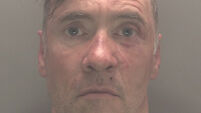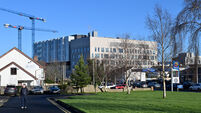Violence ebbs in Hungarian capital
Police fired tear gas to disperse demonstrators demanding the prime minister’s resignation today, but the chaos gripping the Hungarian capital appeared to be ebbing after two straight nights of violence.
Thousands of police were out in force, deployed in new, stronger, riot gear and an official said the government could consider a curfew in the Hungarian capital Budapest as demonstrators demanded the resignation of prime minister Ferenc Gyurcsany for the fourth day.














